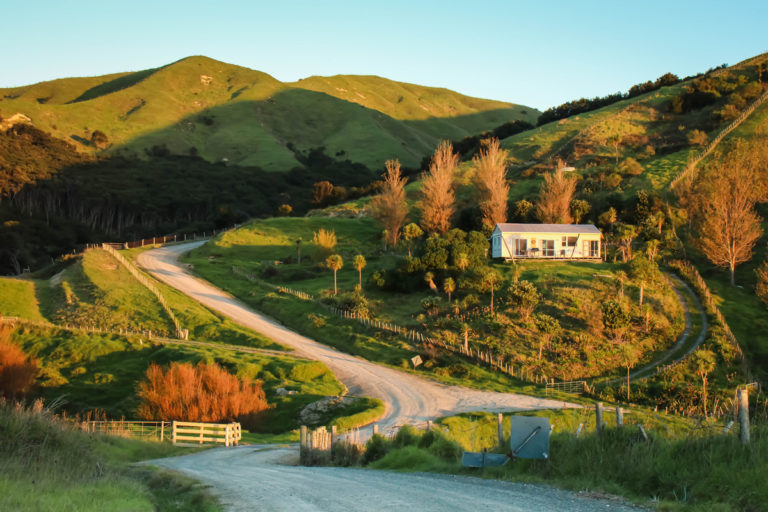The meaning of a homestead has evolved over the past few decades. In the old days, a homestead was basically a farmhouse or any settlement where the occupants would farm the land. Today, a more apt definition of homesteading would be a self-sufficient lifestyle and the retreat to a simpler way of life.
Homesteading is a quintessentially American way of living off the land and discovering new and exciting ways to thrive without relying on modern conveniences and mass markets. If this kind of life sounds attractive to you, then a homestead would lay the perfect foundation.
While homesteading can be quaint and exciting, it can be challenging, especially when you’re just starting. There will be many ups and downs, mistakes and do-overs, and so on. But once you get the hang of it, it will all be worth it in the end. To help put you on the path to success, here are some basics you’d need to check off the list:
1. Finding the right piece of land
If you’ve got a sizable property and you’re thinking of converting it to a homestead, you might want to think again. Not all properties are suitable for this kind of lifestyle, even those in the middle of nowhere or those that have farming potential. The first rule to homesteading is making sure your land is already suitable for it, as making huge adjustments from the get-go can be costly and discouraging. Broaden your search by checking which states, counties, or towns are great for homesteading. Then hire a professional land surveyor in whichever state you want to settle down in and get a thorough assessment of the property before making the purchase.
Make sure to choose one that fits all your criteria. Is it connected to the grid, or does it allow you to go fully off-grid? Are the reliable water sources nearby? Are there other homesteaders in the area who can help you out and give you pointers? These are the types of questions you’d want to have when looking for land. After that, obtain the necessary permits so you can get started.
2. Building your homestead

When building your main house, start small. The most exciting part about homesteading is that you get to build your own home with your family. For a truly authentic experience, consider building a log cabin from materials sourced from your property or the surrounding area. Let them in on the design process and make the build collaborative. And don’t be afraid to splurge on modern appliances and fixtures. Homesteading doesn’t necessarily mean living like cavemen. Since you’ll be living there for a long time, you must build a space that you and your family will enjoy.
3. Important additions
If your goal is to become fully self-sufficient, you’ll need a few important structures to support this lifestyle. These include a greenhouse, a shed for storage, buildings for animals such as a coop or barn, and silo for storing grain and feed, and a water tank or rain catchment tank. If you’re going off-grid, you’ll also need to set up a solar power system, along with some renewable energy alternatives.
4. Growing your own food
First things first, prepare the soil for planting. Get it tested first and see if it’s suitable for growing crops. If not, you’ll need to enrich it with compost and soil conditioners. There’s also the option to grow crops on raised beds if the soil isn’t good enough for tilling. Get your growing calendar in order, as well, and check with the local nursery for seedlings. Growing from seed can be quite fulfilling, but it would take longer, so make sure to plan.
5. Raising animals

Growing animals for food can be difficult and involves a lot of hard work, but with careful research and help from locals, it will become easier. To make sure you don’t get overwhelmed, you can start with a few chickens and some pigs. You can also get a cow for your daily source of milk. Make your animals happy by building a warm shelter for chilly nights and keeping them fed every day. To make sure they don’t wander off the property, install durable fences but leave them enough space to walk around. Once in a while, you can let them roam around your property freely to fertilize and work the soil.
6. Making artisanal products
An authentic homesteading lifestyle involves a lot of handmade stuff, from soaps and apothecary to cheeses and wines. You can choose to be an all-rounder where you make all kinds of things from whatever you grow or raise in your homestead. Or, you can focus on a few specialties. For instance, if you have an orchard, you can master making ciders and jams. You can even start your own line of artisanal cheeses to sell in the community market.
The homesteading lifestyle is a dream for many, but only a few daring ones get to follow through. If you’re one of those brave souls, make sure you get these essentials right so you can have a fruitful future.

